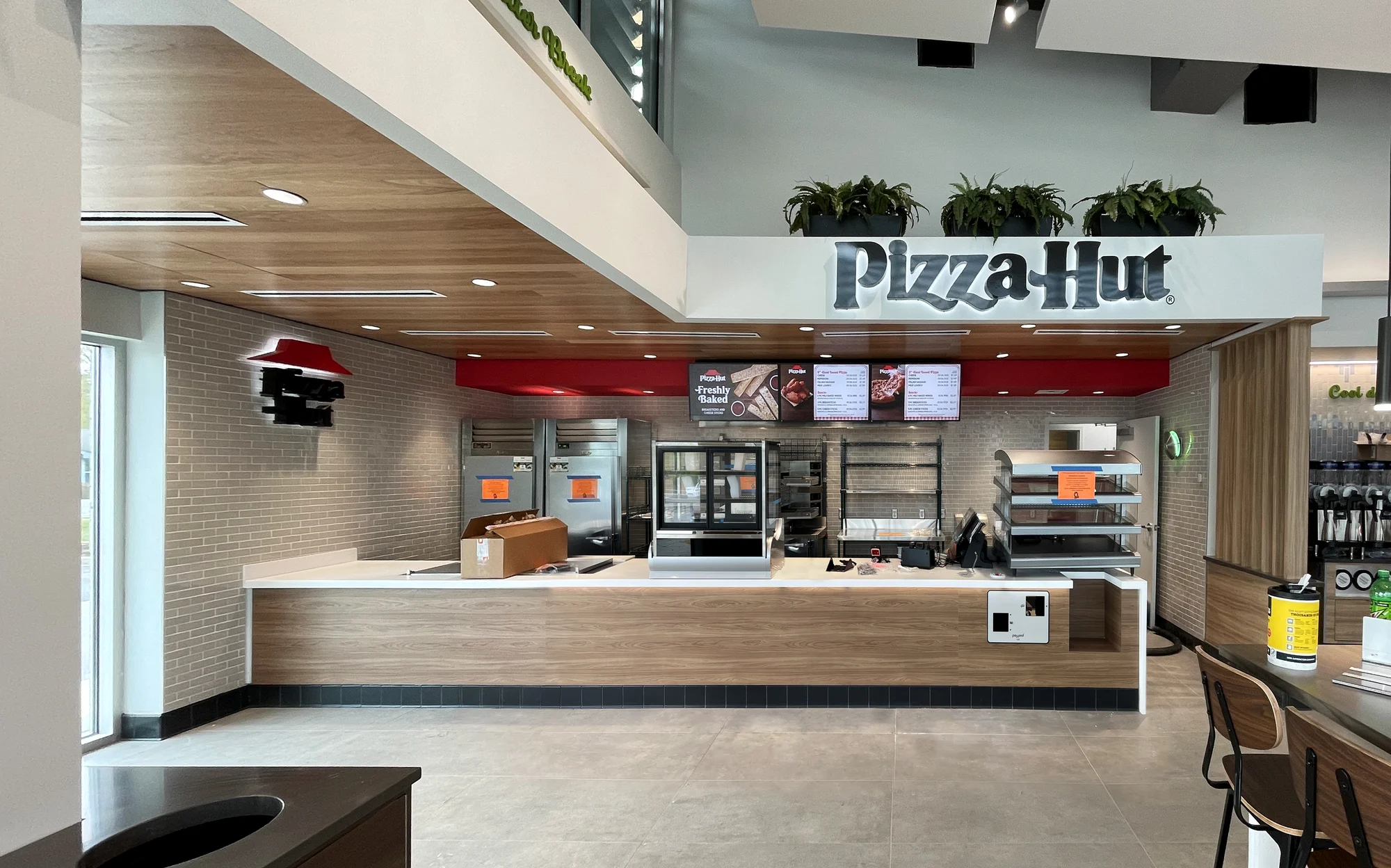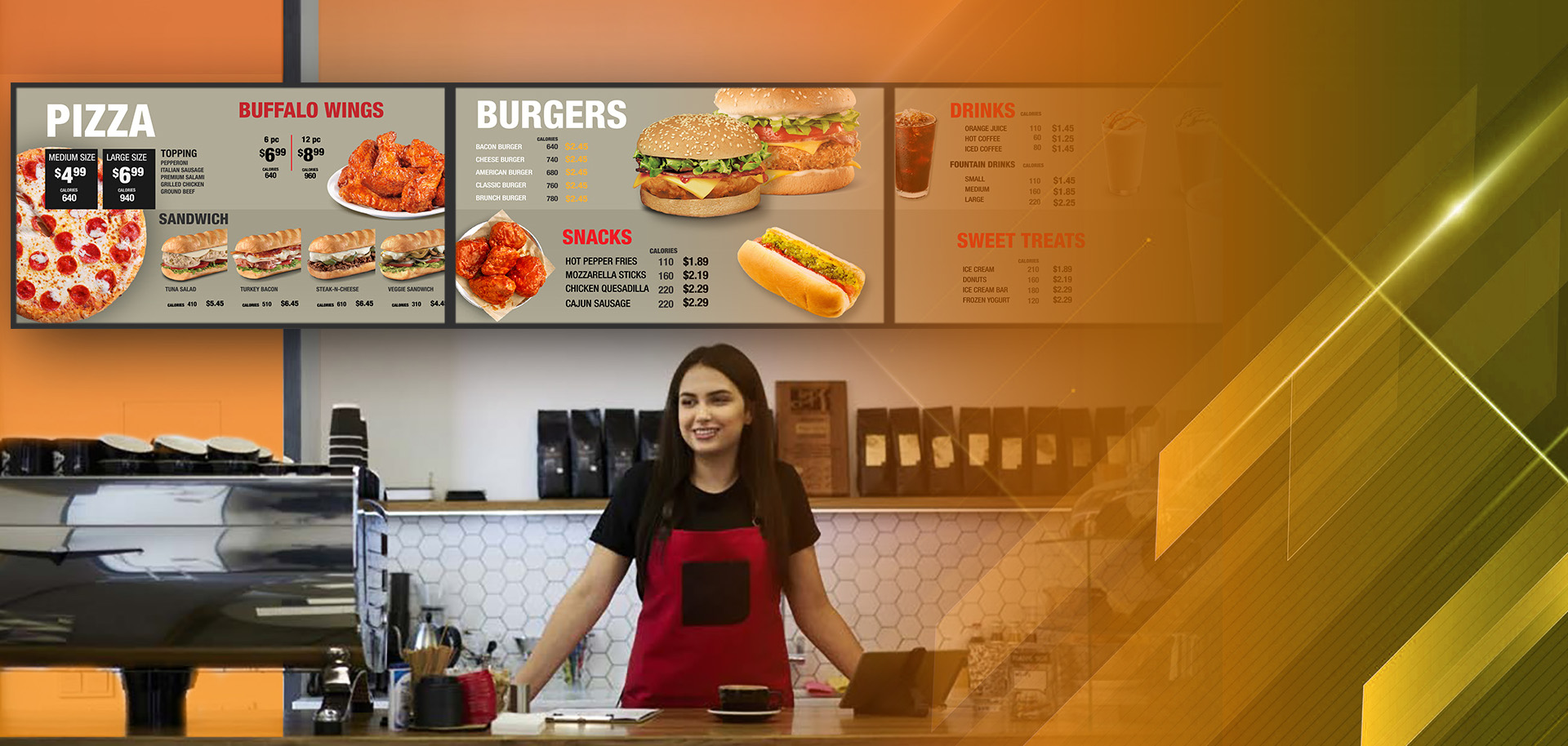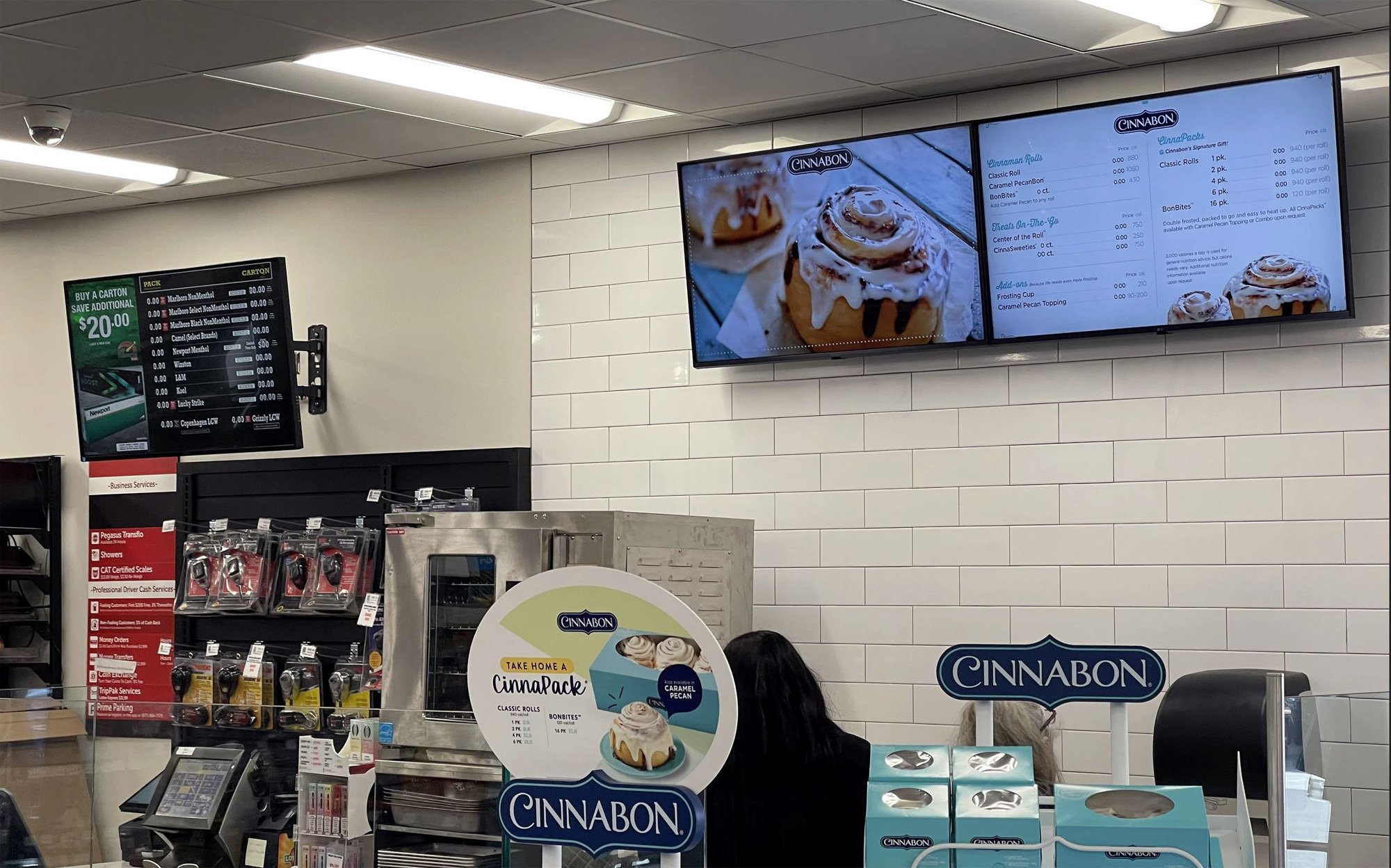Guides
Why Your Venue Needs to Implement Digital Wayfinding Signs
C-Store Digital Signage: A Guide to Driving More Sales
Digital Signage Technology Trends to Monitor
Are Your Digital Menu Screens Getting the Job Done?
5 Digital Signage Trends to Watch For 2024
Leveraging Dynamic Signage to Drive an Improved Customer Experience
Creating a Stellar Guest Experience With Theme Park Digital Signage
Movie Theater Digital Signage: The DEEL Difference
Everything You Need From Digital Menu Board Software
Digital Drive-Thru Menu Boards: Taking Your QSR to the Next-Level
Digital Signage Design Ideas to Wow Your Customers
Digital Tobacco Signage: Guide for Tobacco Pricing Screens
Digital Signage Suppliers: Separating the Good From the Great
Gas Station Signage: Setting Your Stations Apart
The Definitive Guide to Digital Signage For Convenience Stores
QSR Digital Menu Boards: Why Your Company is Missing Out
What is Digital Signage? A Comprehensive Guide
The Definitive Guide to Digital Signage For Convenience Stores
What is Digital Signage, And How is it Different From Regular Signage?
What is Digital Signage, And How is it Different From Regular Signage?
In technical terms, digital signage refers to the use of digital displays or screens to present information, advertisements, or other forms of content. It involves the use of technologies such as LCD, LED, or projection screens to display multimedia content, including images, videos, text, and interactive elements. Simply put, it is a more engaging way to display messages than traditional signage.
You can find digital signage everywhere, from retail stores, to airports, to hotels, to restaurants, to schools. It serves as a dynamic and flexible communication tool that allows businesses and organizations to deliver targeted messages to their audience.
The first key difference between digital signage and run-of-the-mill signage is the ability to display crystal-clear, dynamic content. This can completely transform the experience of a shopper, visitor, or whoever is viewing your signage. The bright display is hard to ignore, especially when it is in video format. Digital signage is simply more effective at attracting attention than conventional signage. Think about your personal experiences. Which menu board do you think commands more attention, a chalkboard with the day’s specials, or a visual display with bright colors and real, moving imagery showcasing one of the day’s specials?
Beyond higher engagement, another major difference between digital signage and traditional signage is the flexibility provided by digital signage. Rather than taking down your signage every time you want to communicate a new message or make an edit, digital signage enables you to store all of your content in one centralized location, and make changes to display with the push of a button. This makes life considerably easier for any organization that runs promotions or is frequently making tweaks to its offerings.
How Does Digital Signage Make an Impact?
How Does Digital Signage Make an Impact?
More Sales: Perhaps the most alluring impact of digital signage is the tangible impact in sales organizations experience after making the switch. This makes perfect sense logically. Again, consider your own personal experience.
Imagine yourself at a movie theater. Are you more likely to buy popcorn upon seeing a generic sign that says “snacks” or after seeing some high-resolution footage of kernels popping, butter being poured, and popcorn being eaten (we are making ourselves hungry)! The answer is pretty clear.
This does not only apply to the world of food. Retail stores, and even convenience stores and gas stations tend to see considerable upticks in sales when they are able to better visually communicate their products, and showcase their promotions and sales offers in an engaging, compelling manner.
Digital signage displays vibrant and dynamic visual content that attracts attention and engages customers. Compared to traditional static signage, digital displays have a higher chance of capturing people's interest. Eye-catching videos, animations, and interactive elements create a memorable and immersive experience, drawing more customers into stores or promotions.
Speaking of promotions, digital signage makes it easier for businesses to promote certain offers in a strategic manner and capitalize on customer interest at a particular time of day or other external factors. This leads to more downstream sales and revenue.
Lastly, let’s consider the impact of digital signage on your brand in general. By displaying engaging, helpful content, such as product demonstrations, customer testimonials, or usage tips, businesses can educate customers and guide them toward making informed purchase decisions. Additionally, digital signage enables businesses to enhance their brand perception by showcasing their values, expertise, or unique selling points. These factors positively influence customer perception, trust, and loyalty, leading to increased sales and repeat business.
Improved Customer Experience: The impact that digital signage has on customer experience is monumental. There are three key ways digital signage improves the customer experience that we’d like to focus on:
More Engaging Visual Content: First and foremost, digital signage allows businesses to display captivating and dynamic visual content, such as videos, images, animations and motion graphics, and interactive elements. This form of visual stimulation captures customers' attention and engages them with the brand or product being promoted in a manner that is far more effective than traditional signage. By presenting visually appealing and relevant content, digital signage creates a more immersive and memorable experience for customers, increasing their overall satisfaction.
Real-Time Information and Personalization: When leveraging digital signage, your business has the opportunity to deliver real-time information and updates to customers. Whether it's displaying current promotions, product features, or event schedules, digital signage ensures that customers are informed and up-to-date, and are being pointed in the direction you want. Additionally, with the integration of data analytics and customer profiling, businesses can personalize content based on customer preferences and demographics. This personalization enhances the relevance of the displayed information, making it more meaningful and impactful for customers.
Improved Wayfinding and Navigation: In many industries such as retail, movie theaters, and theme parks, digital signage can greatly enhance the customer experience by assisting with wayfinding and navigation. In large or complex environments such as shopping malls, or theme parks, digital signage can provide clear and interactive directions to specific locations, helping customers find their desired destinations easily. By reducing confusion and saving customers' time, digital signage improves the overall convenience and satisfaction of their experience within a particular space.
Simplified Operations: When deploying digital signage, your business reaps the benefits of being able to centrally manage and update content across multiple locations or displays. Whether you have one location or 500, you can easily create, schedule, and distribute all of your signage content from a single centralized platform. This eliminates the need for manual content updates on individual displays, saving time and effort for business operators. It also ensures consistency in messaging and branding across different locations, streamlining the content management process, and ensuring compliance with brand standards.
Digital signage also enables remote management and monitoring of displays, eliminating the need for on-site adjustments or maintenance. Through network connectivity, businesses can remotely control and update content, adjust display settings, and troubleshoot issues. This capability simplifies operations by reducing the need for physical intervention, allowing businesses to efficiently manage and maintain displays from a central location. This saves time and resources while ensuring that the signage is functioning optimally.
Lastly, digital signage enables businesses to predefine schedules for content playback, ensuring that the right content is displayed at the right time. This eliminates the need for manual content changes or monitoring. Businesses can also target content based on factors such as location, demographics, or time of day, tailoring the messaging to specific audiences. This targeted approach simplifies operations by delivering relevant content automatically, without requiring constant manual adjustments.
What Does a Great Digital Signage Solution Look Like?
- Scalability and Reliability: Perhaps the most important aspect of a great digital signage solution is the ability to support your current and future needs. Consider your provider’s ability to scale the digital signage network as your business grows. You don’t want to decide on one solution, only for it to not fit your needs in a few years. Look for a provider with a robust infrastructure that ensures reliable uptime and performance, minimizing disruptions and downtime. There is nothing more important than quality, and you must be confident in your provider’s commitment to excellence. After all, what is digital signage worth if it's not operating properly?
- Customer Support and Service: An oft-overlooked but incredibly important aspect of selecting a digital signage solution is the level of customer support and service offered by the provider. Responsive and knowledgeable customer support can make a massive difference in resolving issues quickly and ensuring a smooth experience. Consider the provider's support channels, response times, and availability of documentation and resources. It is inevitable that you will need help at some point in your signage journey. Make sure you have a support team that is ready when the time comes.
- Strong Content Management System (CMS): A robust and user-friendly CMS is essential for creating, managing, and scheduling content across your digital signage network. Look for a provider that offers an intuitive CMS with features like drag-and-drop content creation, template libraries, playlist scheduling, and remote content updates. A powerful CMS simplifies content management and ensures the smooth operation of your digital signage displays.
- Display Management and Control: The ability to remotely manage and control your digital signage displays is critical for efficient operations. A good provider should offer a centralized management platform that allows you to monitor the status of your displays, adjust settings, troubleshoot issues, and perform updates remotely. Look for features like screen synchronization that can really boost your in-store experience.
- Integration Capabilities: Your digital signage shouldn’t exist on an island. Consider a provider that offers integration capabilities with other systems and platforms. This includes integration with data sources, such as social media feeds, weather updates, or real-time event information, to enhance the relevance and timeliness of your content. Integration with third-party applications and APIs allows you to extend the functionality of your digital signage and leverage additional data sources.
- Robust Analytics and Reporting: The ability to track and measure the performance of your digital signage campaigns is crucial for evaluating their effectiveness and making data-driven decisions. A reliable digital signage solution should offer analytics and reporting features that provide insights into audience engagement, content performance, and display effectiveness. These analytics help you optimize your content strategy and measure the return on investment (ROI) of your digital signage initiatives.
- More Than Just Signage: You should be looking for a digital signage partner that is just that, a partner. Your provider should be in your corner for all of your digital signage needs, from hardware, to software, to content creation. Your needs are flexible, ensure your digital signage partner is as well. Look to partner with a comprehensive digital signage provider that covers all the bases, and is a one-stop shop for all your needs. This will save you a ton of headaches in the long run.
How Do I Get Started With Digital Signage?
How Do I Get Started With Digital Signage?
- Establish Your Goals: Start by clearly identifying your objectives and goals you seek to accomplish with your digital signage. Are you looking to drive more sales? Improve the customer experience? How about both? Having well-defined goals will guide your content creation and form the foundation of your digital signage strategy.
- Select Hardware: The next step for getting started with digital signage is selecting the necessary hardware components, including display screens, media players or computers, and any required accessories such as mounts or stands. When you are selecting your hardware, consider your store or venue’s layout, where your signage will go, and how much you will need.
- Select Software: You’ll need a robust software that is capable of creating and managing your digital signage content efficiently and effectively. When selecting software, consider things like ease of use, integrations, and scalability. Without great software in your corner, you will not get the most out of your digital signage initiative.
- Create Your Content: Now that your infrastructure is in place, it is time to create visually captivating and engaging content to delight your customers. Your signage is only as good as the content on it. Spare no expense on making sure the content you’ll use on your signage is best-in-class.
- Begin the Installation Process: Once you have your hardware, software, and content ready to go, it is time to install your signage. Ensure it is prominently displayed to attract the attention of your customers. Signage that is sub-optimally installed represents a massive wasted opportunity. Take the time to consider where everything is best positioned before finalizing your installation.
- Test and Monitor Performance: Be sure to thoroughly test your digital signage to make sure it's working properly. Make sure you are comfortable with your CMS and all of its tools, and once your signage is live, keep a close eye on its performance to see how it's impacting your goals. Are you driving more sales? Is your establishment getting better reviews? If you aren’t seeing your desired impact, don't hesitate to make adjustments to improve the results.
There’s one more step in starting your digital signage journey, and that’s calling us. At DEEL Media, we don’t provide signage, we provide solutions. We are equipped to help your organization through every step of the digital signage process, from goal-setting to installation. There is nothing in the world of digital signage we don’t do. If you want to get started with digital signage, contact us today.
Conclusion:So, what is digital signage?
We hope you’re able to answer that question after reading this overview. In short, digital signage is a powerful tool for driving improved outcomes across industries. From retail, to restaurants, to schools, digital signage improves the experience of its viewers and the ambiance of your establishment and improves the chances viewers take your desired action, whether that’s purchasing popcorn, or going to the right location.
When you select a digital signage partner, keep your eyes peeled for critical features like best-in-class support, end-to-end coverage, and of course, reliable performance. When you start your signage journey, start by setting your goals, before deciding on the particulars of your plan including software, hardware, and content creation.
If your business is looking to take its signage to the next level, our team at DEEL Media would love to be of assistance. Our mission is to revolutionize your business with best-in-class, turnkey digital signage solutions that you can rely on day in and day out. We work alongside you as a trusted partner for the entirety of your digital signage journey, and are ready to help you with any need you may have.
Ready to Get Started (Module From Bottom of Homepage)


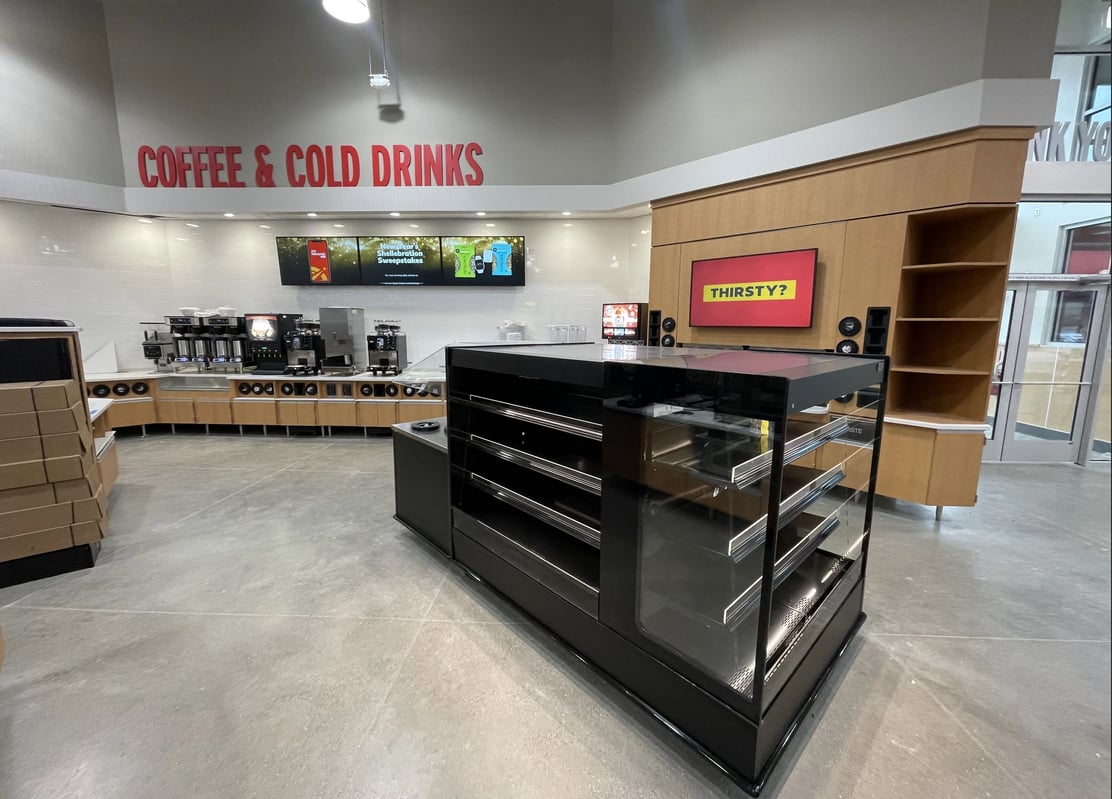
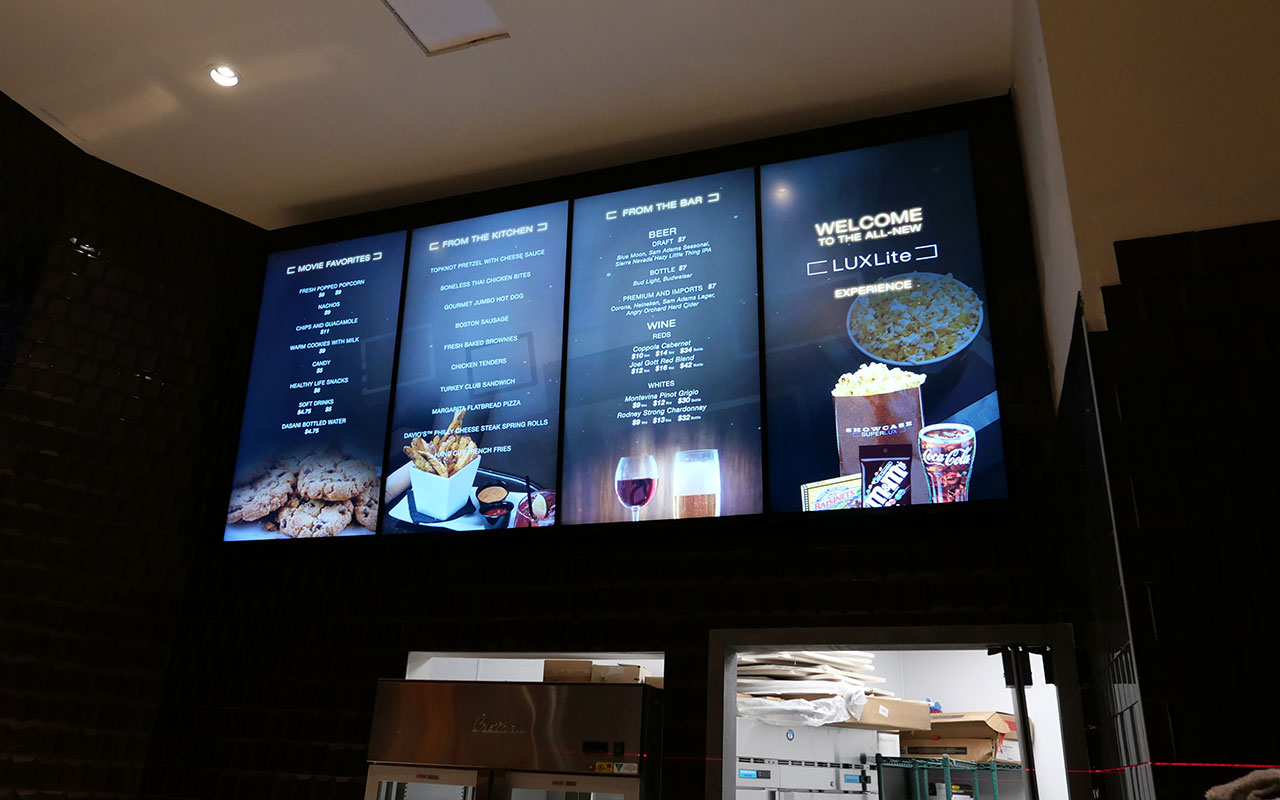
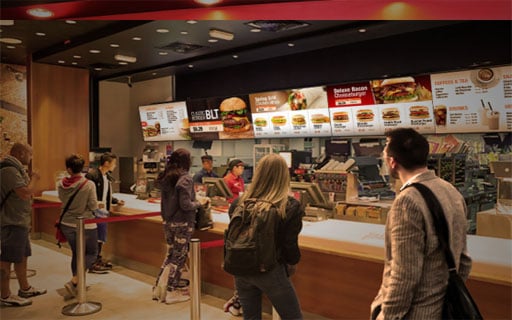
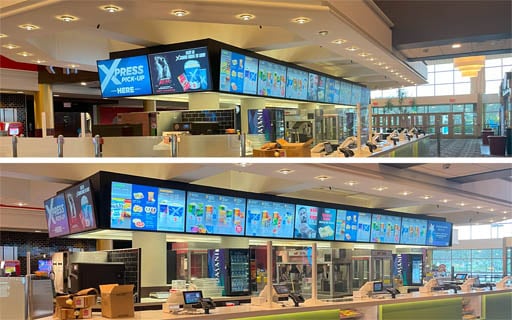
.jpg?width=1920&height=1280&name=background%20(1).jpg)
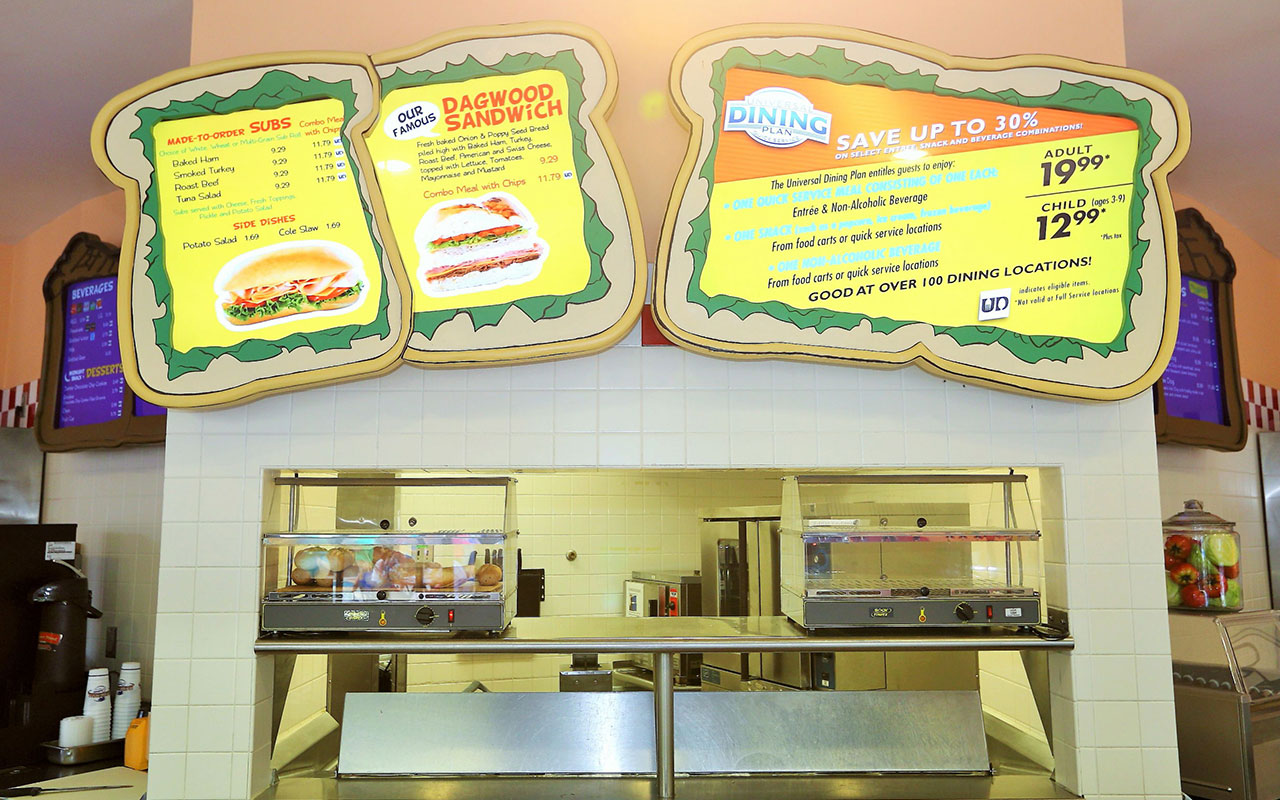
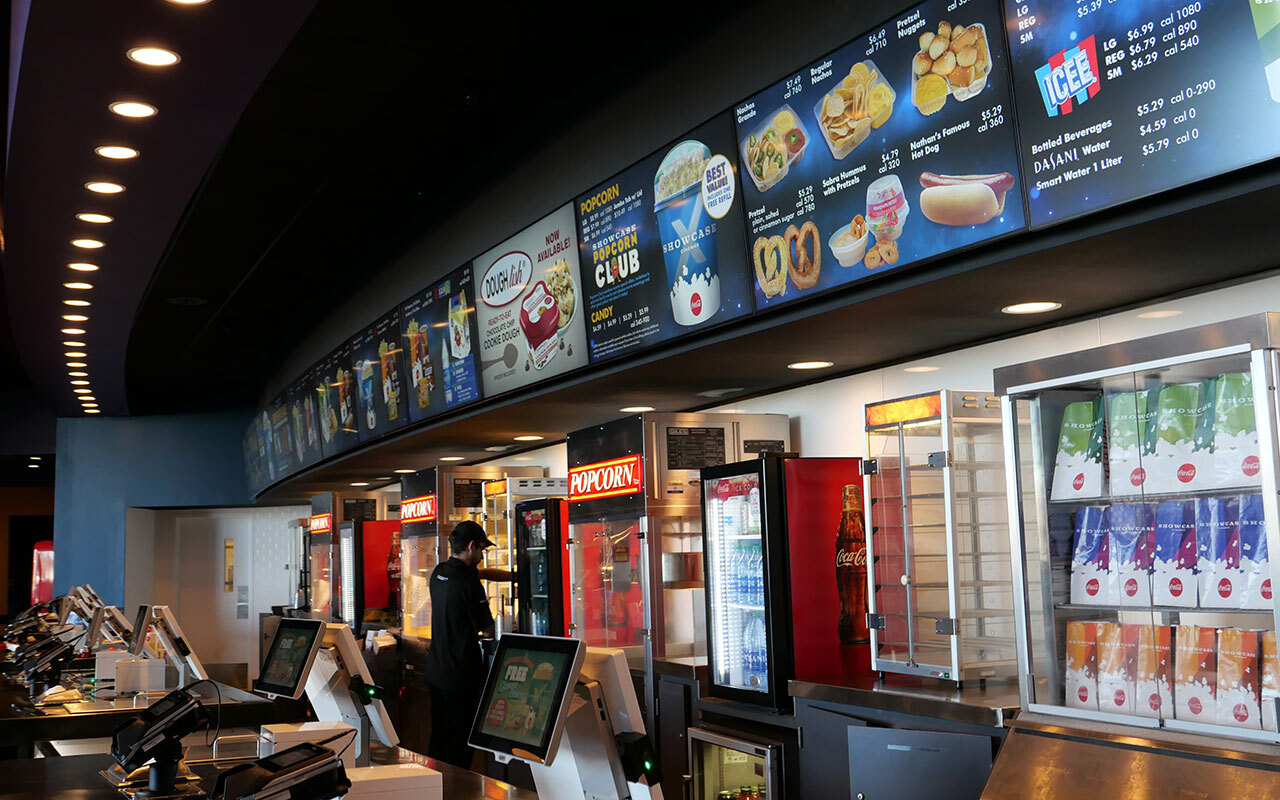
.png?width=1280&height=800&name=image%20(1).png)

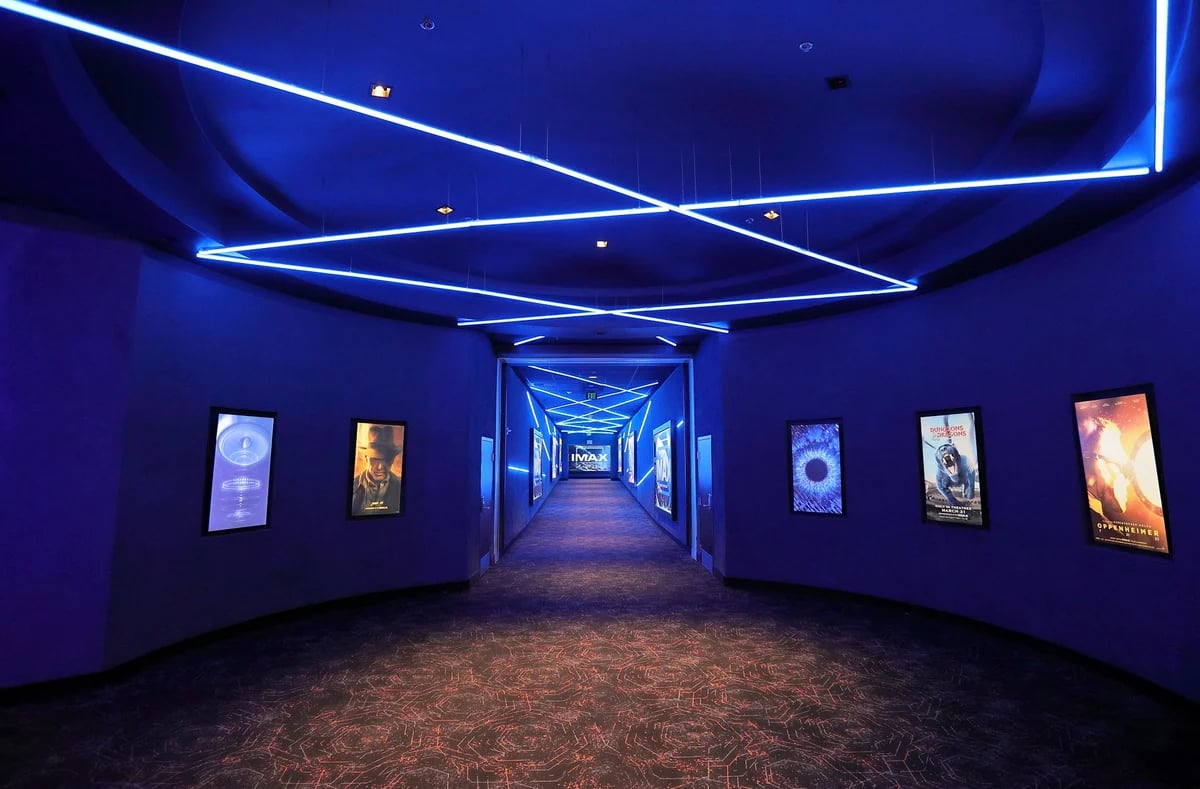
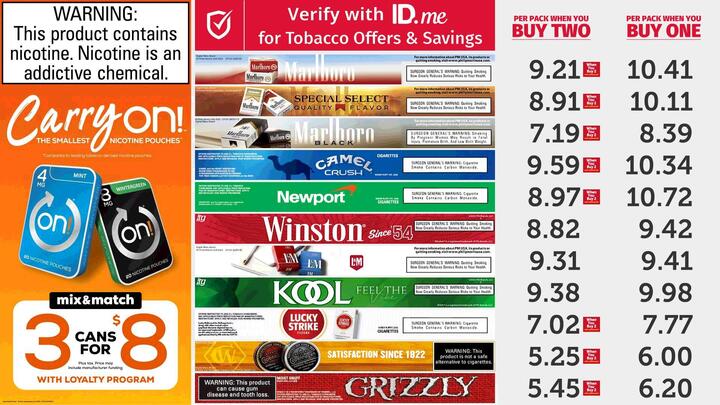
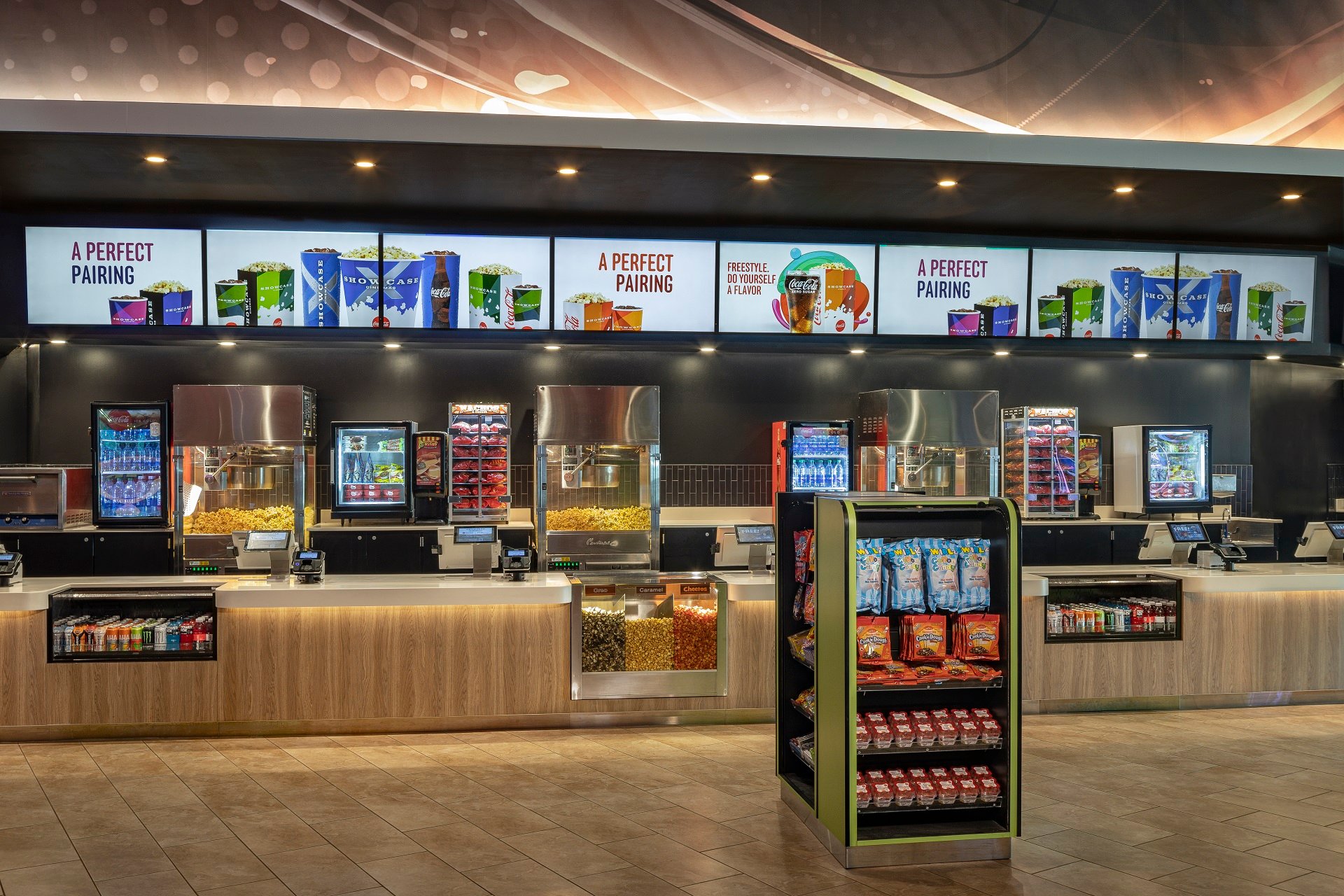
.webp?width=2000&height=1235&name=Pilot-Image2b%20(3).webp)
